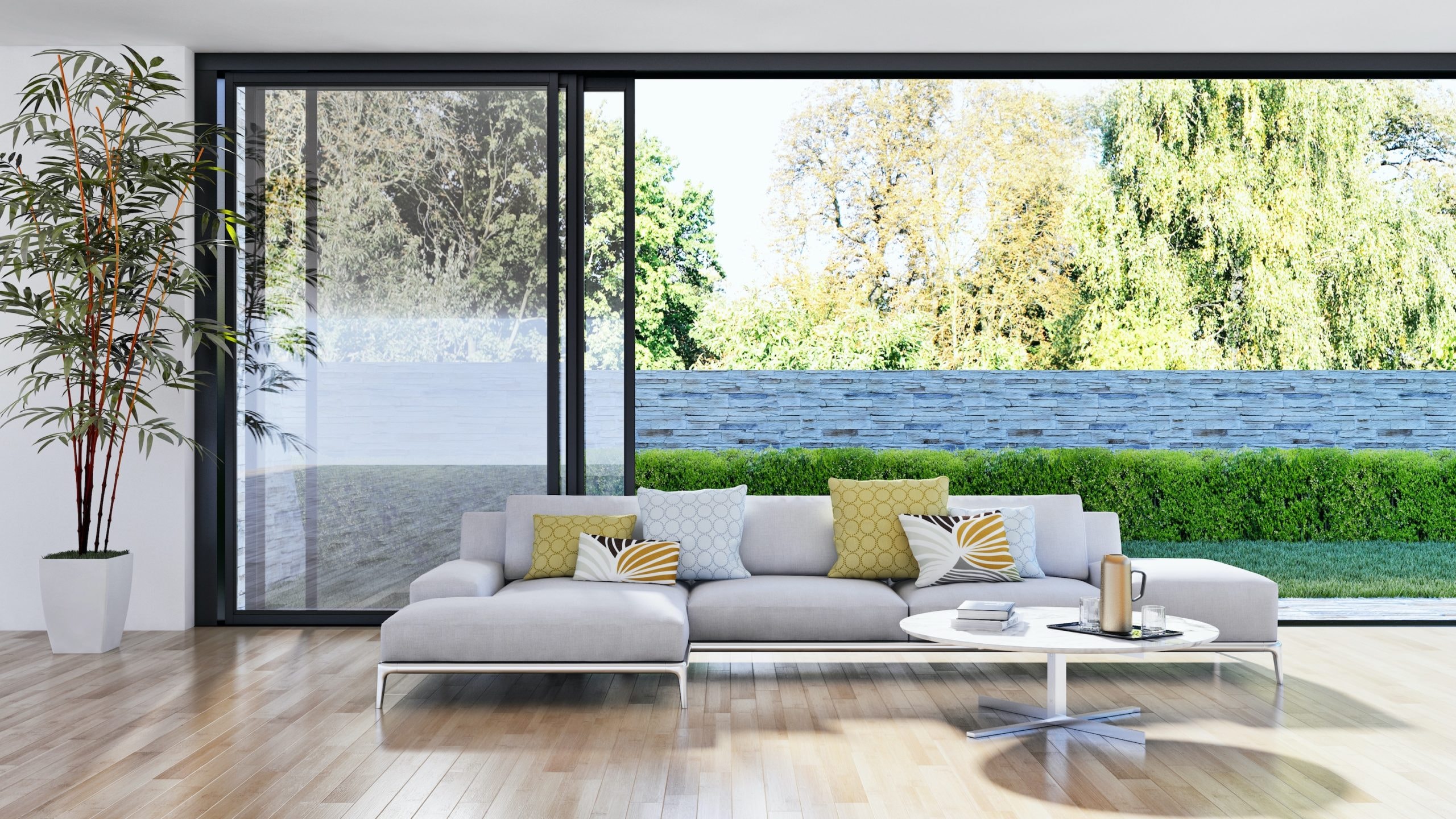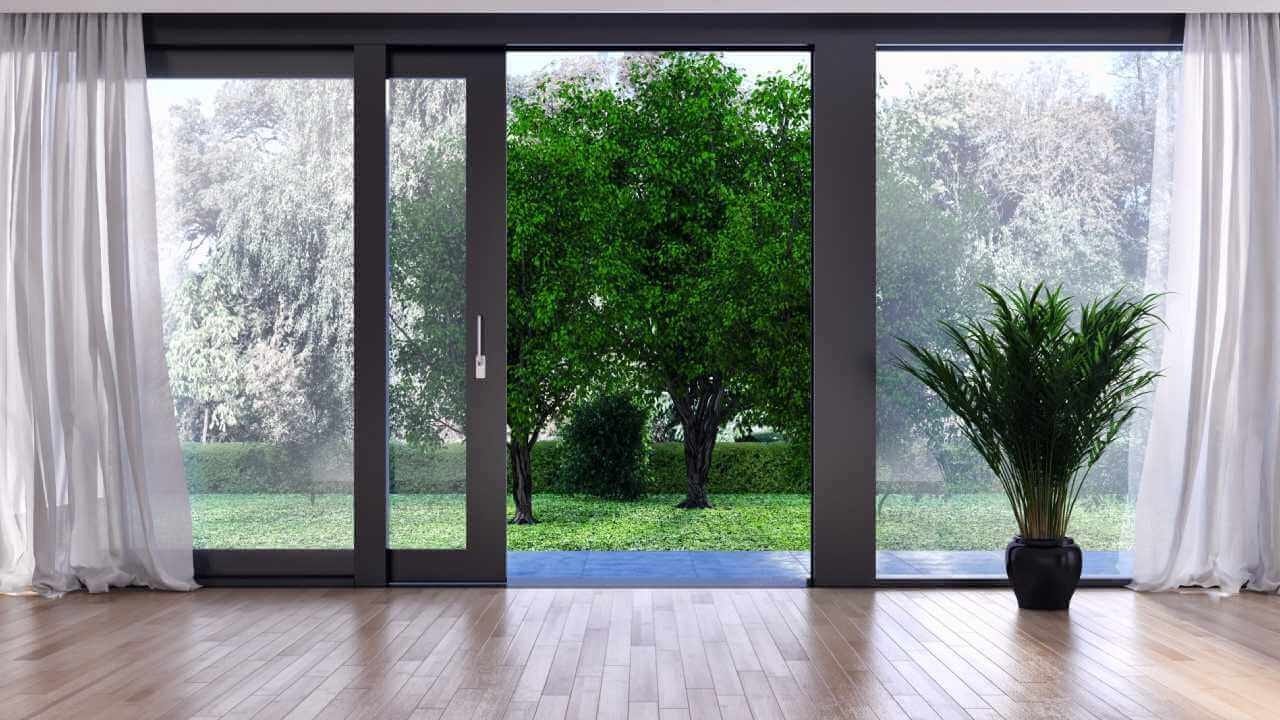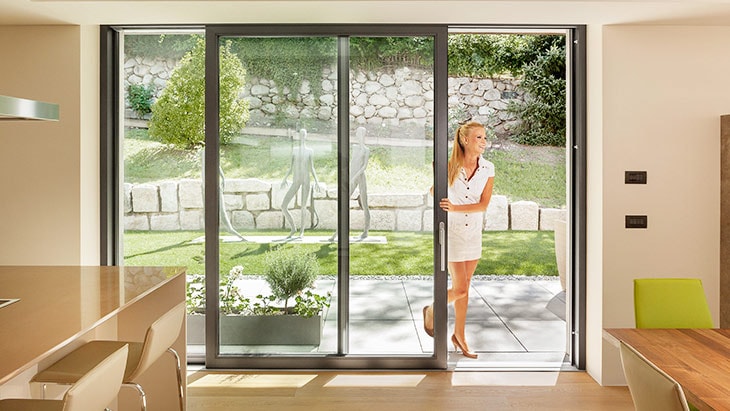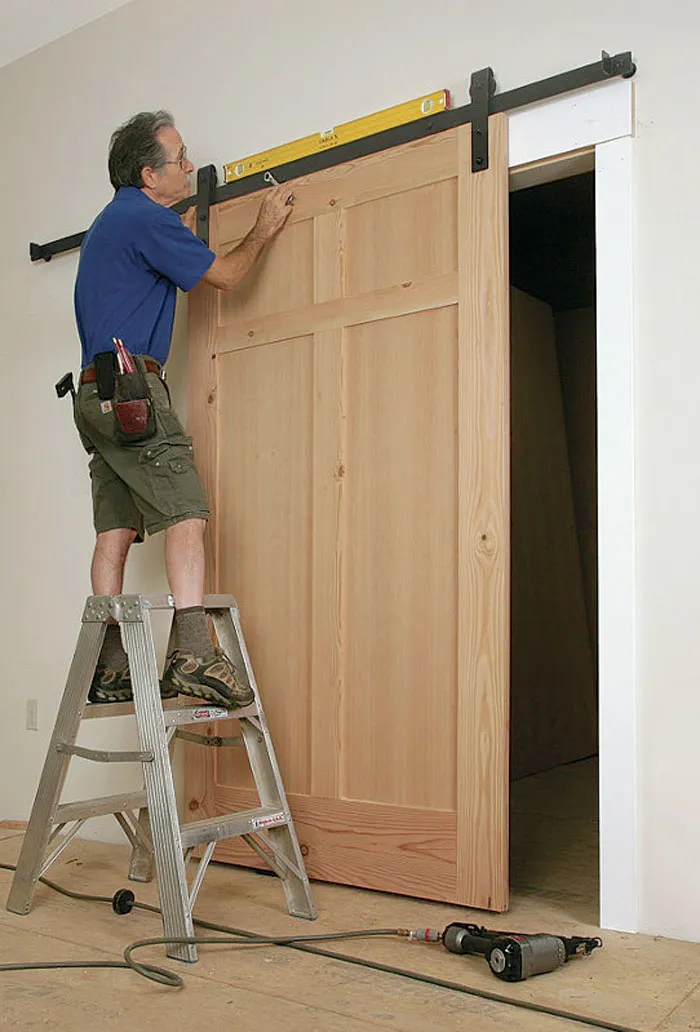My shopping cart
Your cart is currently empty.
Continue ShoppingSliding doors have become a staple in modern architecture, celebrated for their perfect blend of style and functionality. Their sleek design not only enhances the aesthetic appeal of any space but also offers impressive space-saving benefits, making them an ideal choice for contemporary homes and offices.
Whether used as elegant patio doors or as subtle room dividers, their versatility is unmatched. As we delve into the world of sliding doors, we’ll explore the intricacies of their design, highlighting the components and mechanisms that contribute to their smooth operation.
Join us as we uncover the fascinating workings of sliding doors and discover the various types that cater to diverse architectural needs.

Sliding doors, also known as bypass doors, are a type of door that slides horizontally to open and close. They typically consist of two or more panels that glide along a track system, allowing easy movement without the need for any hinge mechanism.
The sliding action is made possible by the use of rollers or bearings attached to the top and bottom edges of the door panels, which fit into a track installed on the frame. Moreover, sliding doors are often made of glass, allowing natural light to flood the space and creating a seamless transition between indoor and outdoor areas.
A sliding door is composed of several key components that work together to create a functional and visually appealing unit. Let’s take a look at these components in detail.
The frame is the backbone of any sliding door and provides structural support to the entire unit. It can be made from various materials such as wood, aluminum, or PVC. The choice of material depends on factors like cost, durability, and aesthetic appeal.
The tracks are channels attached to the top and bottom of the frame that guide the movement of the sliding panel. They are usually made from metal or plastic for smooth gliding motion.
Rollers are small wheels or bearings attached to the top and bottom edges of the door panels. They fit into the tracks and allow the door to slide back and forth effortlessly.
Glass panels are a defining feature of sliding doors, providing an unobstructed view and allowing natural light to filter in. They can be made from tempered or laminated glass for added strength and safety.

A sliding door works on a simple concept of movement along a track. The panels, fitted with rollers at the top and bottom, glide along the tracks attached to the frame when pushed or pulled. This smooth movement is facilitated by the use of high-quality materials and precision engineering.
When opened, one panel slides behind or in front of the other depending on whether it's an overlapping or side-by-side design. The fixed panel acts as a guide for the moving panel, ensuring that it stays aligned and doesn't wobble while opening or closing. Similarly, when closed, both panels align precisely to create a secure seal.
The rollers play a crucial role in ensuring effortless movement. They are usually made from durable materials like nylon or steel and are designed to withstand the weight of the door panels. Furthermore, rollers come in different sizes and shapes to cater to varying panel sizes and weights.
The tracks also contribute significantly to the smooth operation of a sliding door. They are installed on the top and bottom edges of the frame and act as channels for the rollers to move along. Tracks can be made from aluminum, stainless steel, or plastic, with each material offering its unique benefits.
Aluminum tracks are lightweight yet sturdy, making them an ideal choice for large glass panels. Stainless steel tracks are more robust and suitable for heavy-duty applications. Plastic tracks, on the other hand, offer quiet movement and require minimal maintenance.

Sliding doors come in various designs and configurations to cater to different architectural needs. Let’s take a look at some of the most common types of sliding doors.
Patio sliding doors, also known as gliding exterior patio doors, are the most popular type of sliding door. They typically consist of two large glass panels that slide horizontally along a track to open or close. These doors offer an unobstructed view of outdoor spaces and provide easy access for indoor-outdoor living.
Pocket sliding doors are an excellent space-saving solution. They work by sliding into a pocket or cavity in the wall when opened, effectively creating more room in the living space. These doors are perfect for smaller areas where every inch of space counts.
Bypass sliding doors, also known as sliding closet doors, consist of two or more panels that slide past each other along a track. They are commonly used in closets but can also be used as room dividers.
Multi-panel sliding doors comprise three or more panels and offer an expansive opening when fully opened. They are often used in large spaces like living rooms or commercial settings.
These are just a few types of sliding doors, and there are many more available in the market. Each type offers its unique features and benefits, making them suitable for various applications.

When selecting a sliding door for your space, consider the following factors.
Purpose: Determine the primary function of the door – is it for aesthetic appeal, natural light, or access to outdoor spaces?
Space: Measure the opening where you plan to install the door and choose a size that fits comfortably.
Material: Consider the material of the frame, tracks, and panels based on factors like durability, maintenance requirements, and cost.
Style: Choose a design that complements the overall style of your home or commercial space.
Budget: Set a budget and look for options within that range without compromising on quality and functionality.
With these factors in mind, you can select the right sliding door that meets your needs and enhances the functionality and aesthetics of your space.
Yes, automatic sliding door technology does exist and is widely used in commercial buildings, hospitals, and public spaces. This technology utilizes sensors to detect movement or objects and automatically opens the sliding doors.
Automatic sliding doors work on a similar principle as traditional manual sliding doors, with the addition of sensors and electronic components. When a person approaches the door, the sensor sends a signal to an electric motor that activates the rollers and opens the door. This technology offers convenience and ease of use, especially for individuals with disabilities or those carrying heavy objects.
Technology advancements have also led to the development of automatic sliding doors with features like touchless entry, remote control operation, and even smartphone integration. These automated systems not only provide ease of use but also enhance energy efficiency by opening and closing the door only when necessary.
At My City Doors, we pride ourselves on providing top-quality and stylish interior doors to enhance the design and functionality of any space. Our extensive collection includes swing doors, pocket doors, barn doors, bypass doors, bi-fold doors, and more in various styles such as contemporary, rustic, traditional, and modern European.
We understand that every detail matters when it comes to interior design, including the color and finish of your interior doors. That's why we offer customizable options for our customers to add a pop of color or unique decorative panels to their chosen door style.
So whether you're looking for interior doors for your historic home, open concept living space, or small room, we have the perfect solution to fit your needs. Our knowledgeable team is always available to assist with any questions and help you choose the best door hardware and accessories to complement your selected interior doors.
Sliding glass doors work by gliding along a track, allowing the door to move horizontally. The door panels are mounted on rollers, which make it easy to open and close. This system is common in exterior sliding doors like patio doors, providing easy access to outdoor spaces.
Sliding door systems consist of door panels, rollers, and tracks. For exterior sliding doors, these components are designed to handle heavier glass panels and provide smooth operation. Many sliding doors, including interior closet doors, use similar systems but with lighter materials.
Automatic doors use a motorized system to open and close the door automatically, often integrated with an access control system for security. Unlike manual how sliding doors, which require physical effort to operate, automatic door are activated by sensors or switches, making them ideal for high-traffic areas.
Yes, sliding windows and sliding doors operate on similar principles. Both use a track and roller system to allow smooth horizontal movement. Sliding windows are essentially a smaller version of sliding doors, commonly used in areas where space is limited or for easy ventilation.
In wrapping up our exploration of sliding doors, we've delved into their essential components and the clever mechanisms that allow for seamless operation.
From tracks and rollers to diverse styles like bypass and pocket doors, the variety ensures that there's a perfect match for every architectural goal. Sliding doors are celebrated for their space-saving nature and sleek, modern aesthetics, making them a versatile choice for both homes and commercial environments.
Whether you're aiming to enhance a living room or optimize office space, sliding doors offer a practical and stylish solution. We invite you to delve further into the world of sliding doors or consult with experts to find the ideal fit for your unique space needs.